U.S. News
12 States to Restrict Junk Food Purchases With SNAP
By Jake Beardslee · August 25, 2025
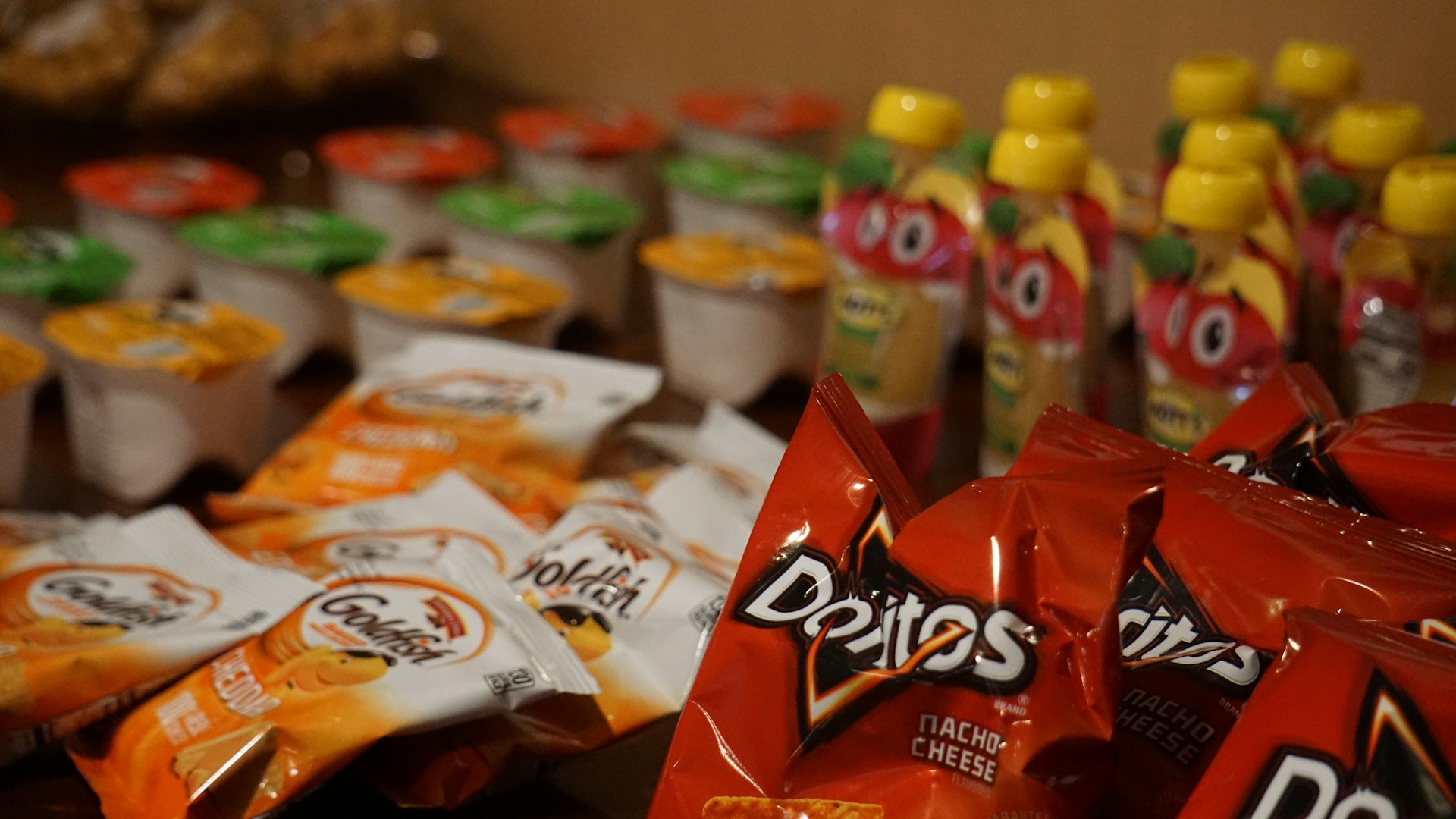
12 States to Restrict Junk Food Purchases With SNAP
Twelve states have received approval from the U.S. Department of Agriculture to restrict the purchase of certain items with Supplemental Nutrition Assistance Program (SNAP) benefits. Beginning in 2026, the changes will target products such as soda, candy, desserts, and energy drinks. Supporters say the restrictions are an important step toward improving public health, arguing that taxpayer dollars should not subsidize foods linked to obesity and diet-related diseases. Some lawmakers and advocacy groups see the waivers as part of a broader effort to encourage healthier eating and reduce long-term healthcare costs.At the same time, the policies have raised concerns about fairness and accessibility. Critics contend that the restrictions may stigmatize SNAP recipients, limit personal choice, and create additional challenges for families who already face food insecurity. Others point out that healthier options are not always affordable or easy to find, particularly in rural or low-income areas. With states adopting varying approaches and timelines, the debate highlights the tension between promoting better nutrition and preserving individual autonomy in public assistance programs.
Here’s a closer look at the twelve states introducing new rules on what SNAP dollars can buy. Gaining Visuals / Unsplash
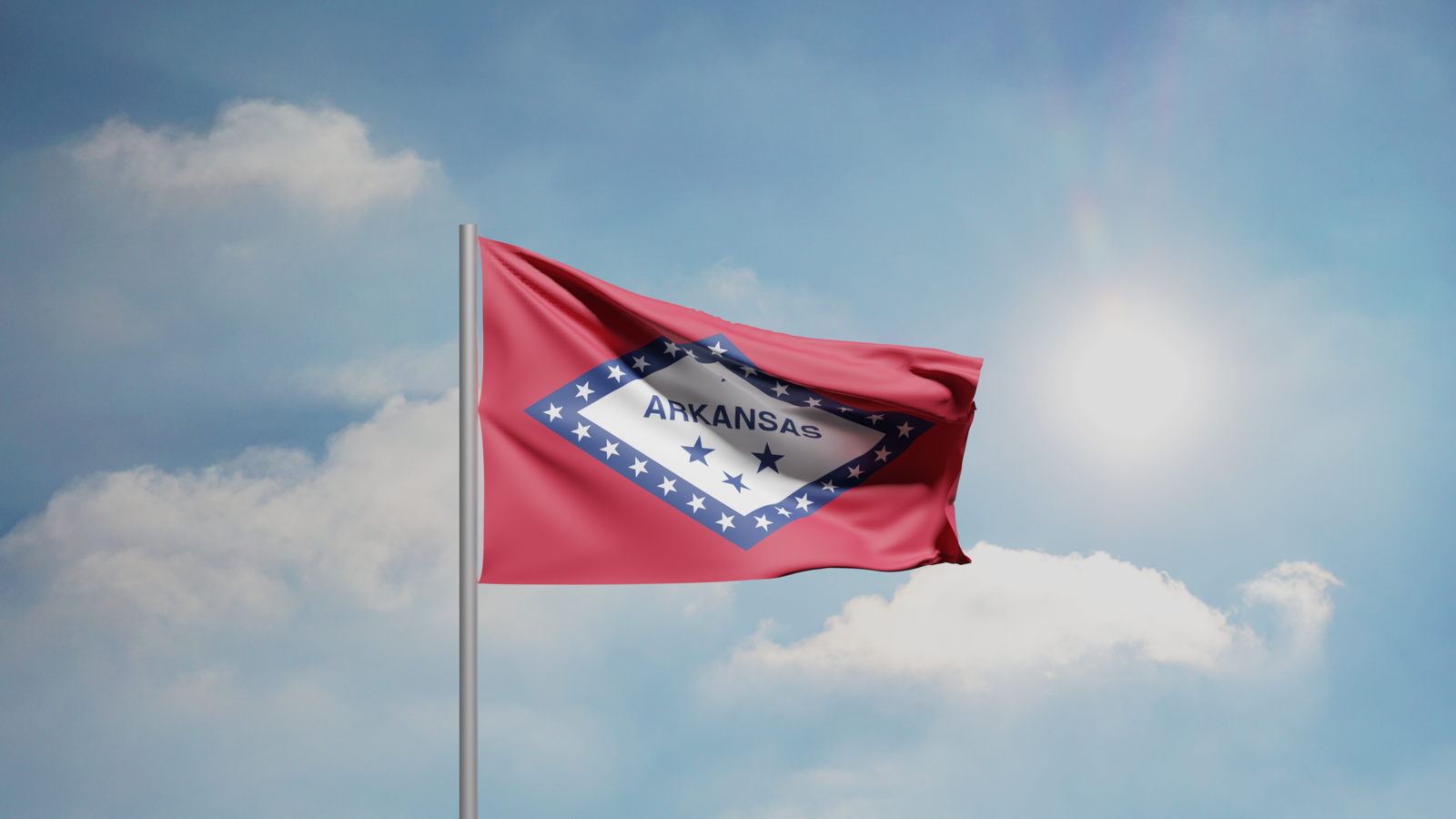
1. Arkansas
Banned items: Soda (including low-/no-calorie), candy, "unhealthy" drinks, and fruit or vegetable drinks with less than 50% natural juice.Effective: July 1, 2026. Aerra Carnicom, CC BY-SA 4.0 https://creativecommons.org/licenses/by-sa/4.0, via Wikimedia Commons

2. Idaho
Banned items: Soda and candy.Effective: January 1, 2026. Aerra Carnicom, CC BY-SA 4.0 https://creativecommons.org/licenses/by-sa/4.0, via Wikimedia Commons
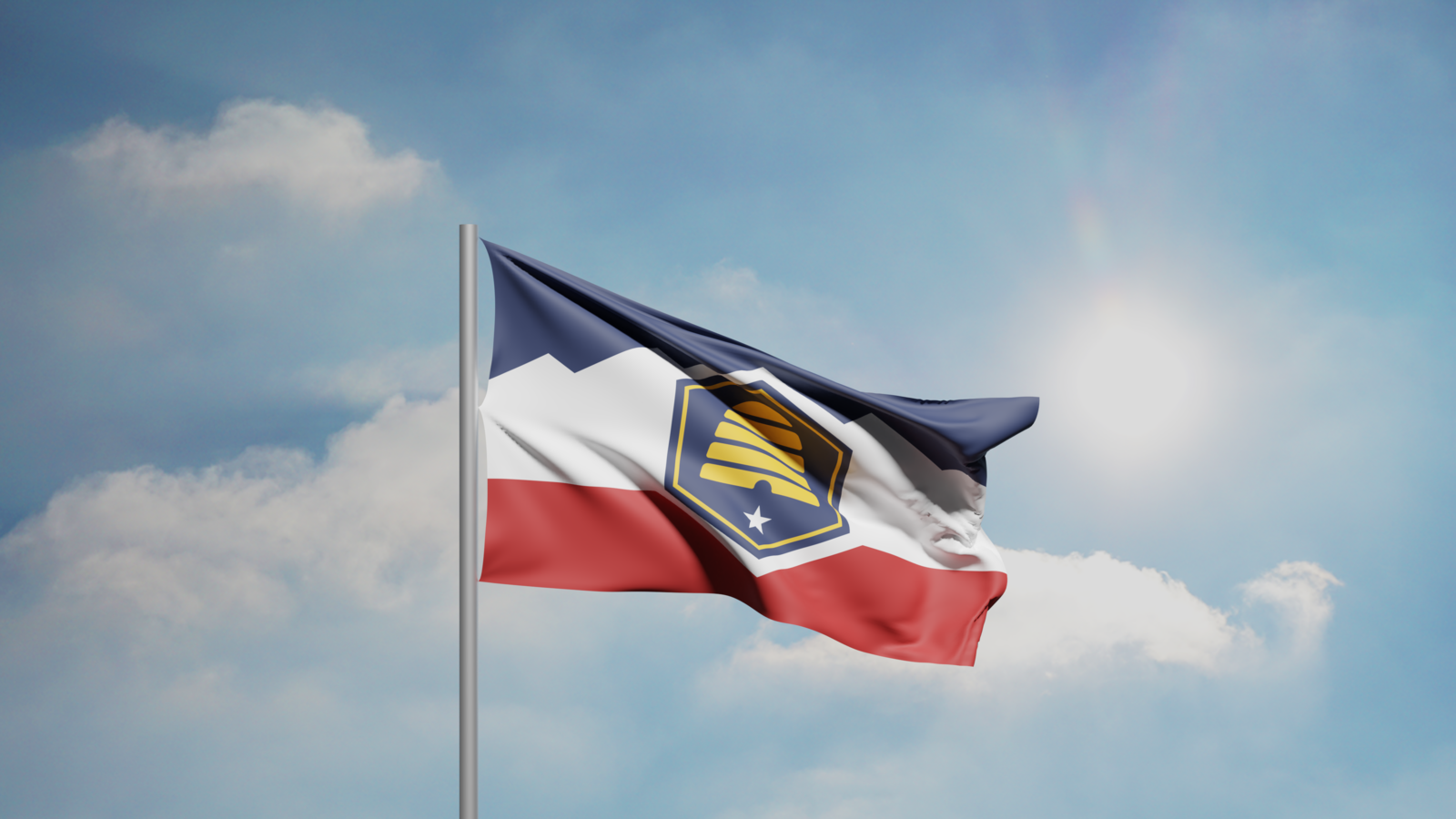
3. Utah
Banned items: Soft drinks.Effective: January 1, 2026. Aerra Carnicom, CC BY-SA 4.0 https://creativecommons.org/licenses/by-sa/4.0, via Wikimedia Commons
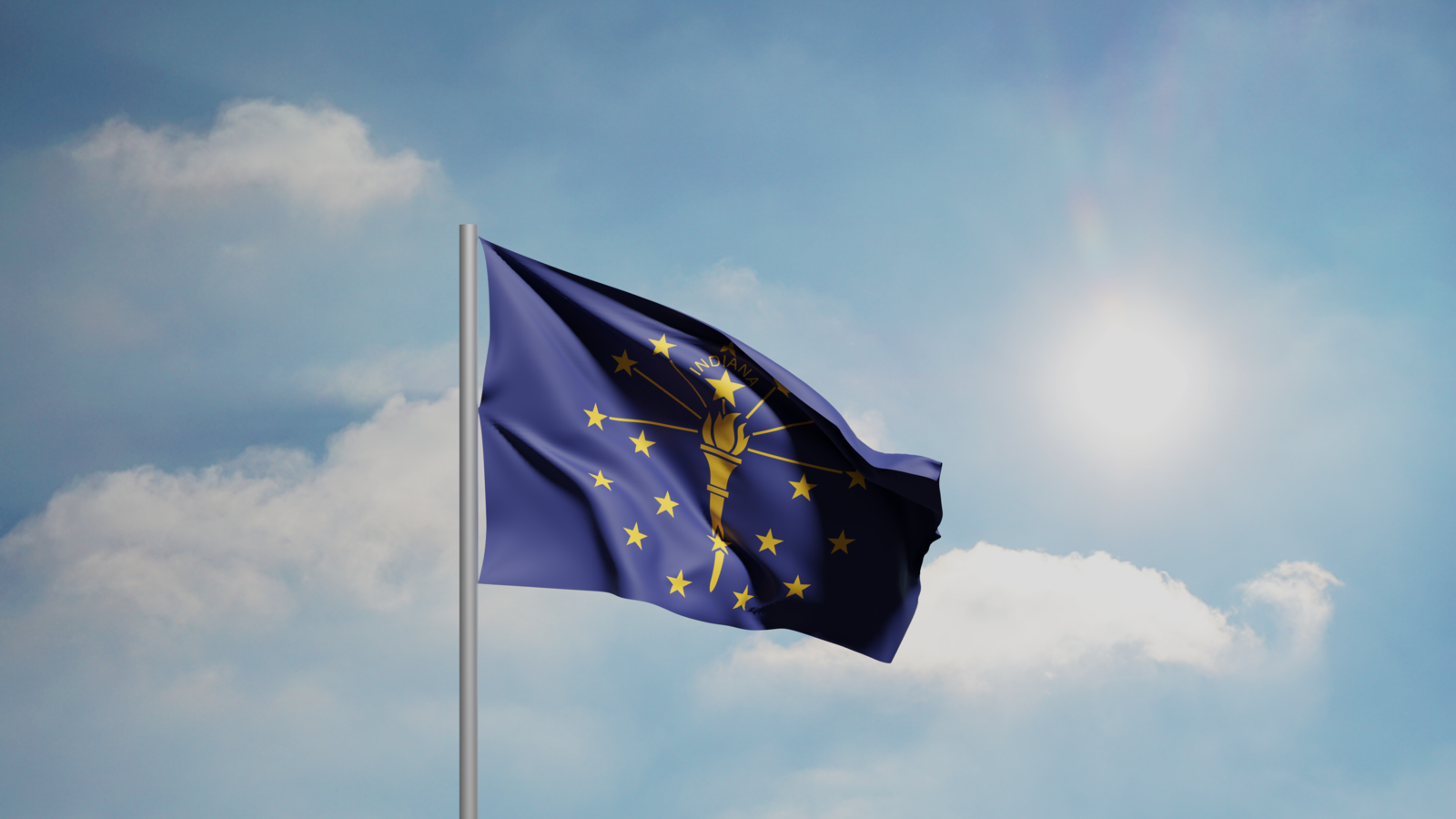
4. Indiana
Banned items: Soft drinks and candy.Effective: January 1, 2026. Aerra Carnicom, CC BY-SA 4.0 https://creativecommons.org/licenses/by-sa/4.0, via Wikimedia Commons
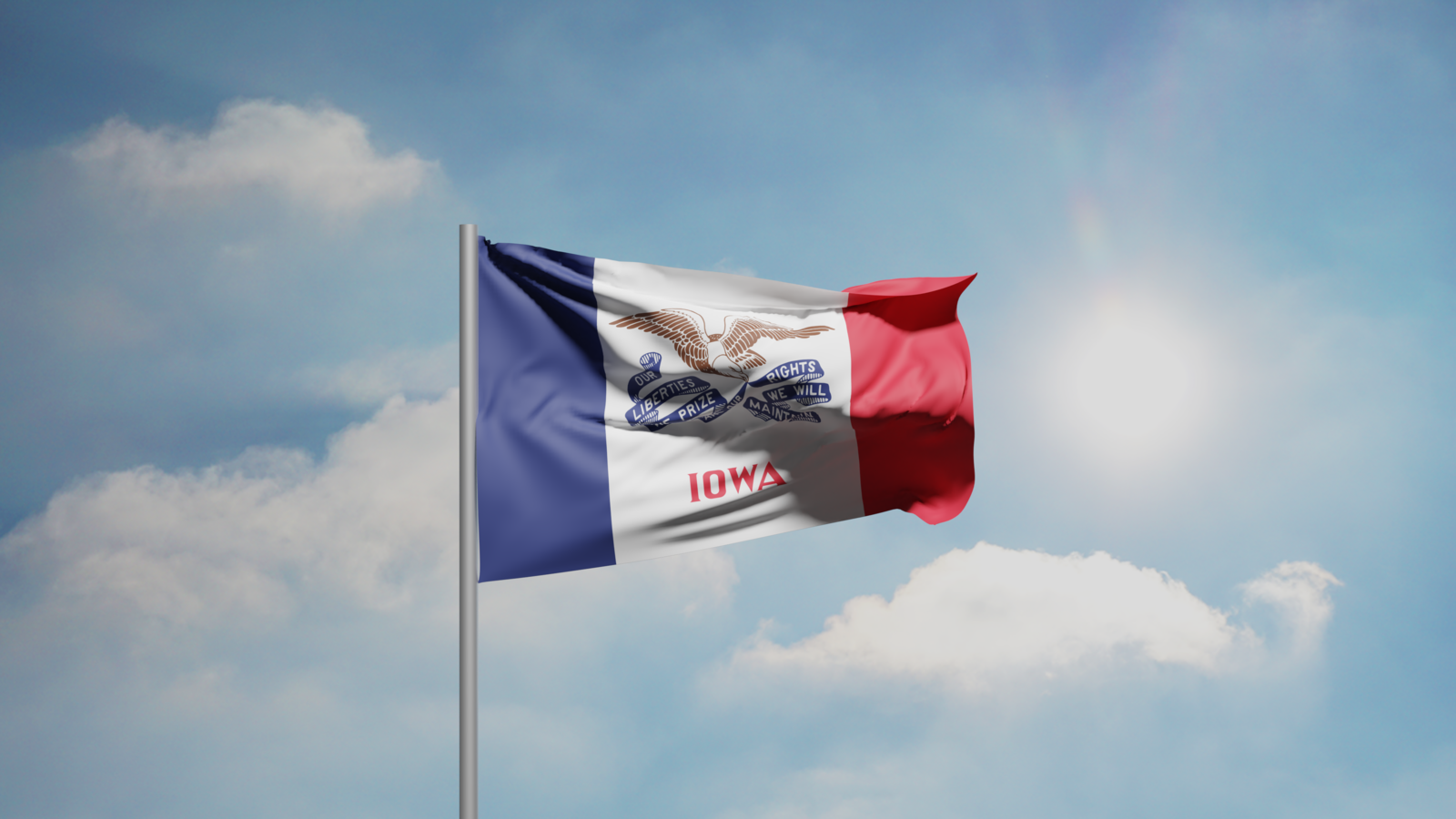
5. Iowa
Banned items: Almost all taxable food items—candy, gum, soft drinks, packaged snacks—except plants or seeds used for growing food.Effective: January 1, 2026. Aerra Carnicom, CC BY-SA 4.0 https://creativecommons.org/licenses/by-sa/4.0, via Wikimedia Commons
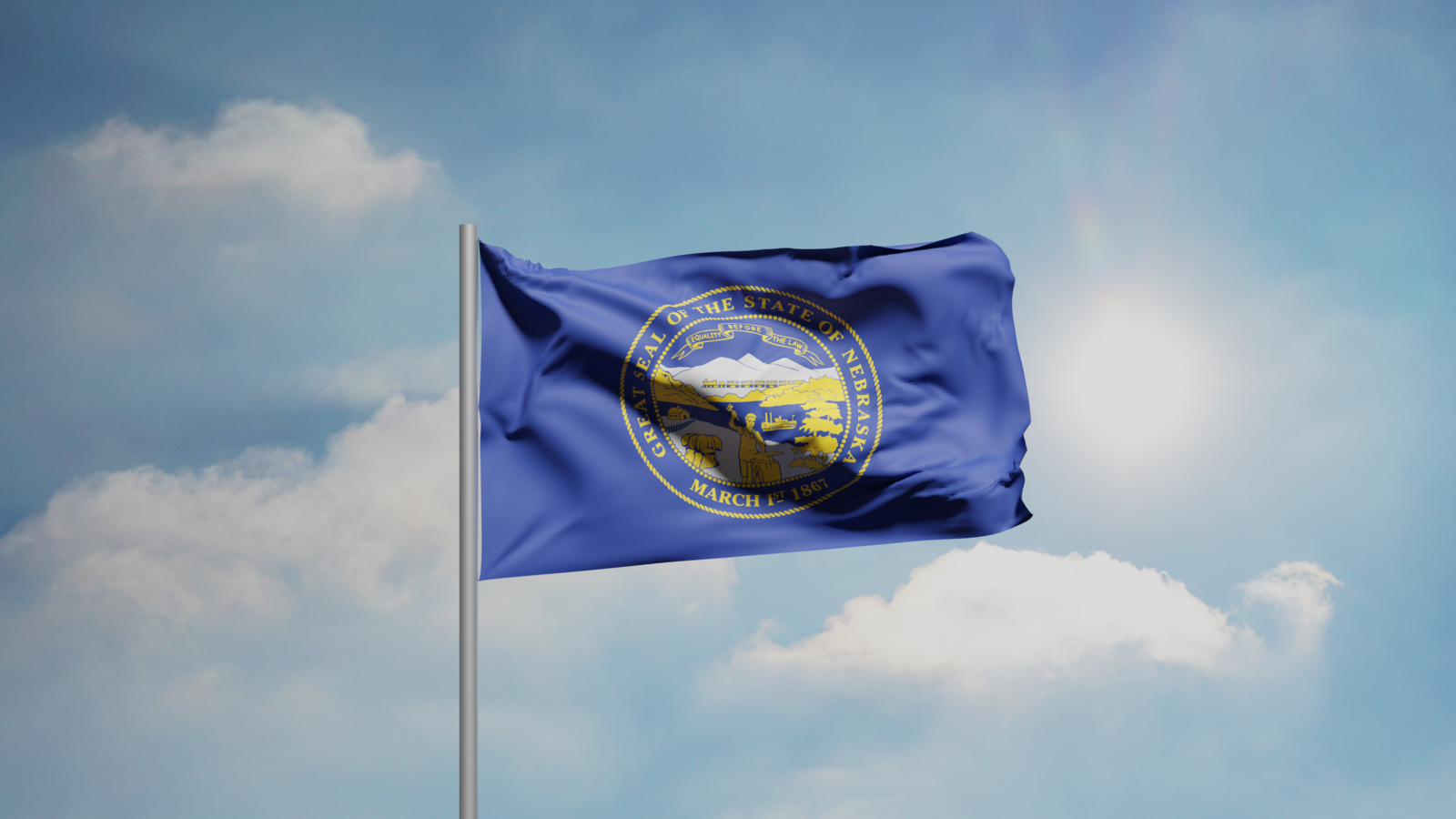
6. Nebraska
Banned items: Soda and energy drinks.Effective: January 1, 2026. Aerra Carnicom, CC BY-SA 4.0 https://creativecommons.org/licenses/by-sa/4.0, via Wikimedia Commons
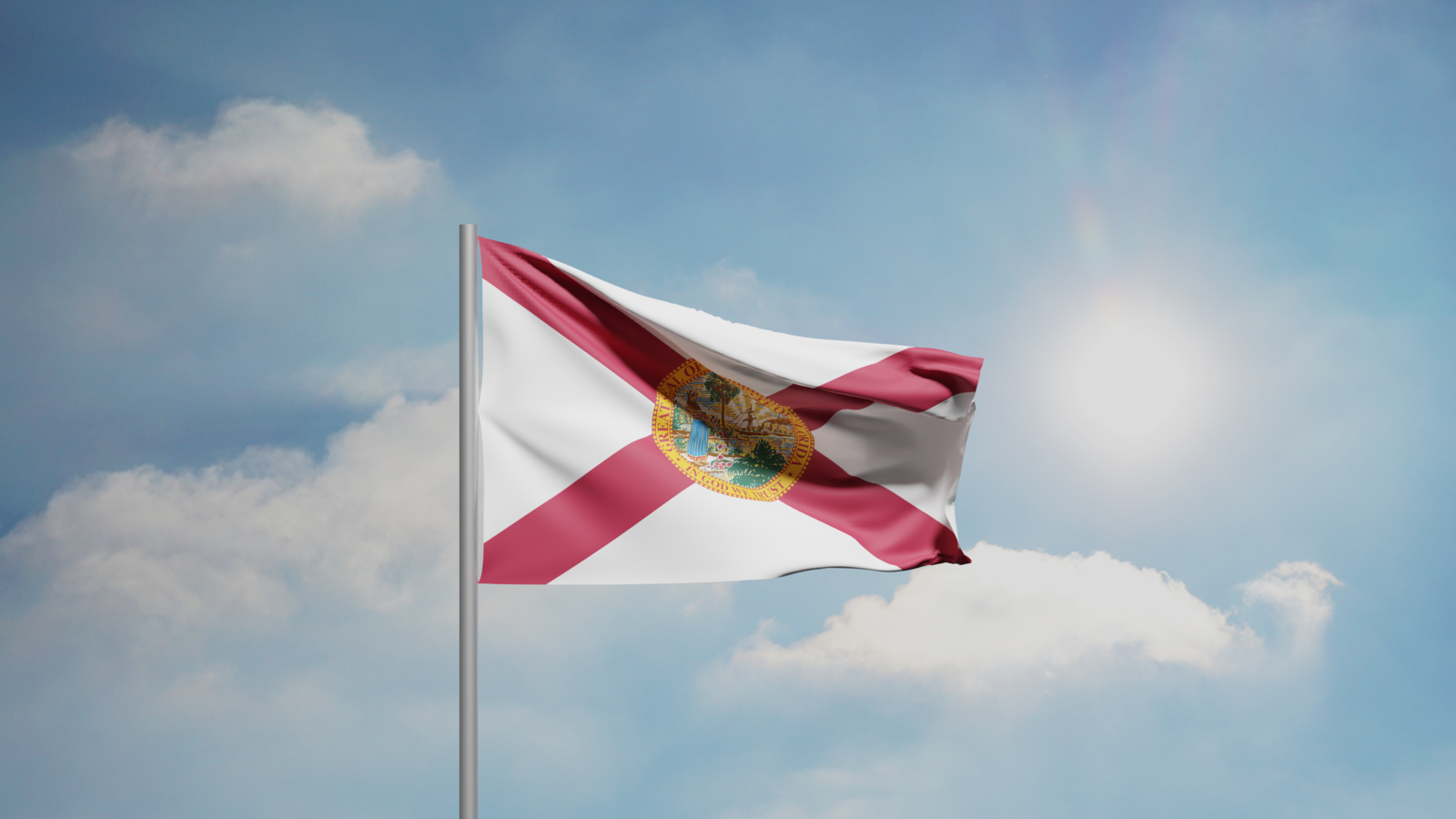
7. Florida
Banned items: Soda, energy drinks, candy, and prepared desserts.Effective: January 1, 2026. Aerra Carnicom, CC BY-SA 4.0 https://creativecommons.org/licenses/by-sa/4.0, via Wikimedia Commons
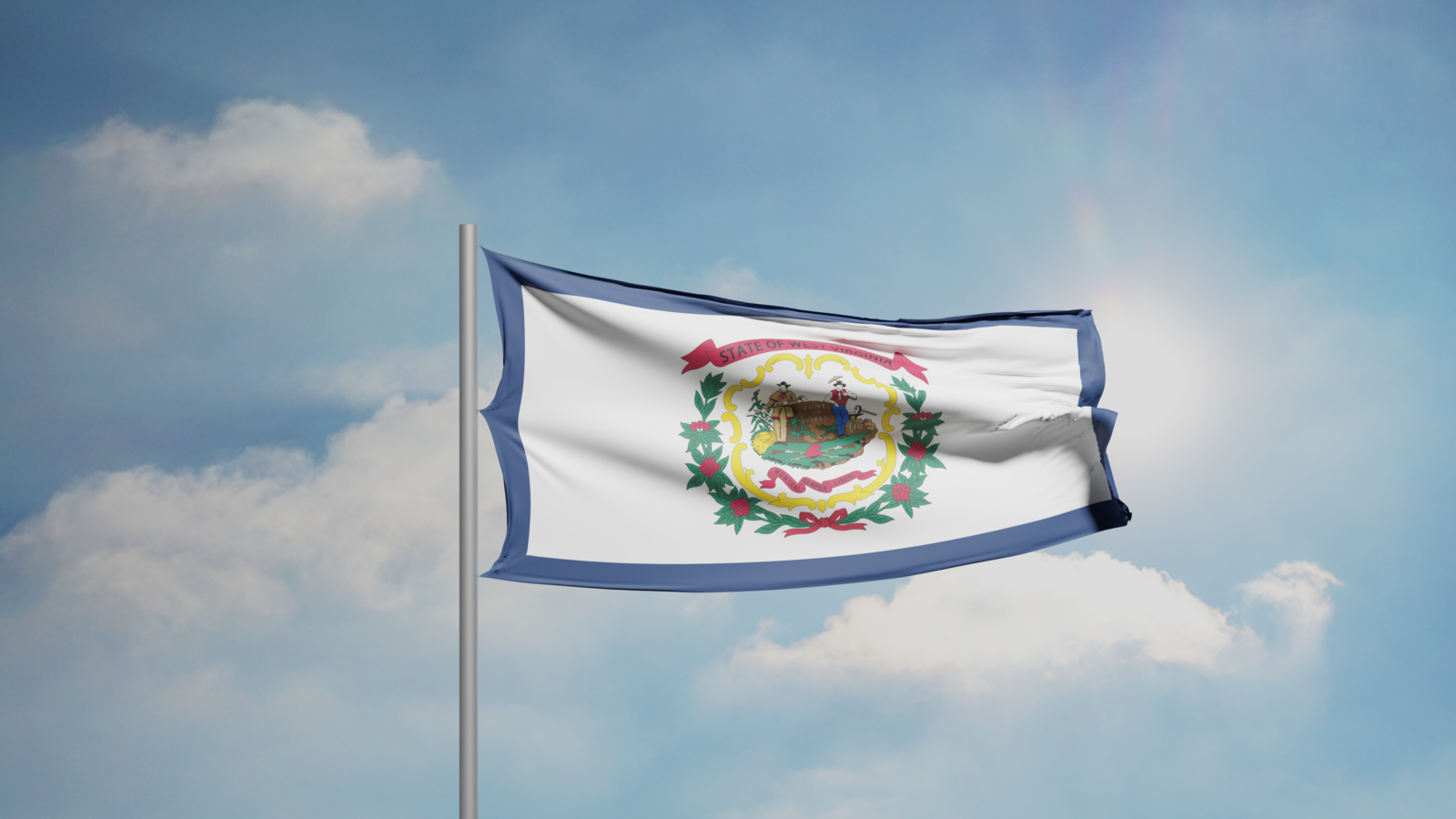
8. West Virginia
Banned items: Soda.Effective: January 1, 2026. Aerra Carnicom, CC BY-SA 4.0 https://creativecommons.org/licenses/by-sa/4.0, via Wikimedia Commons
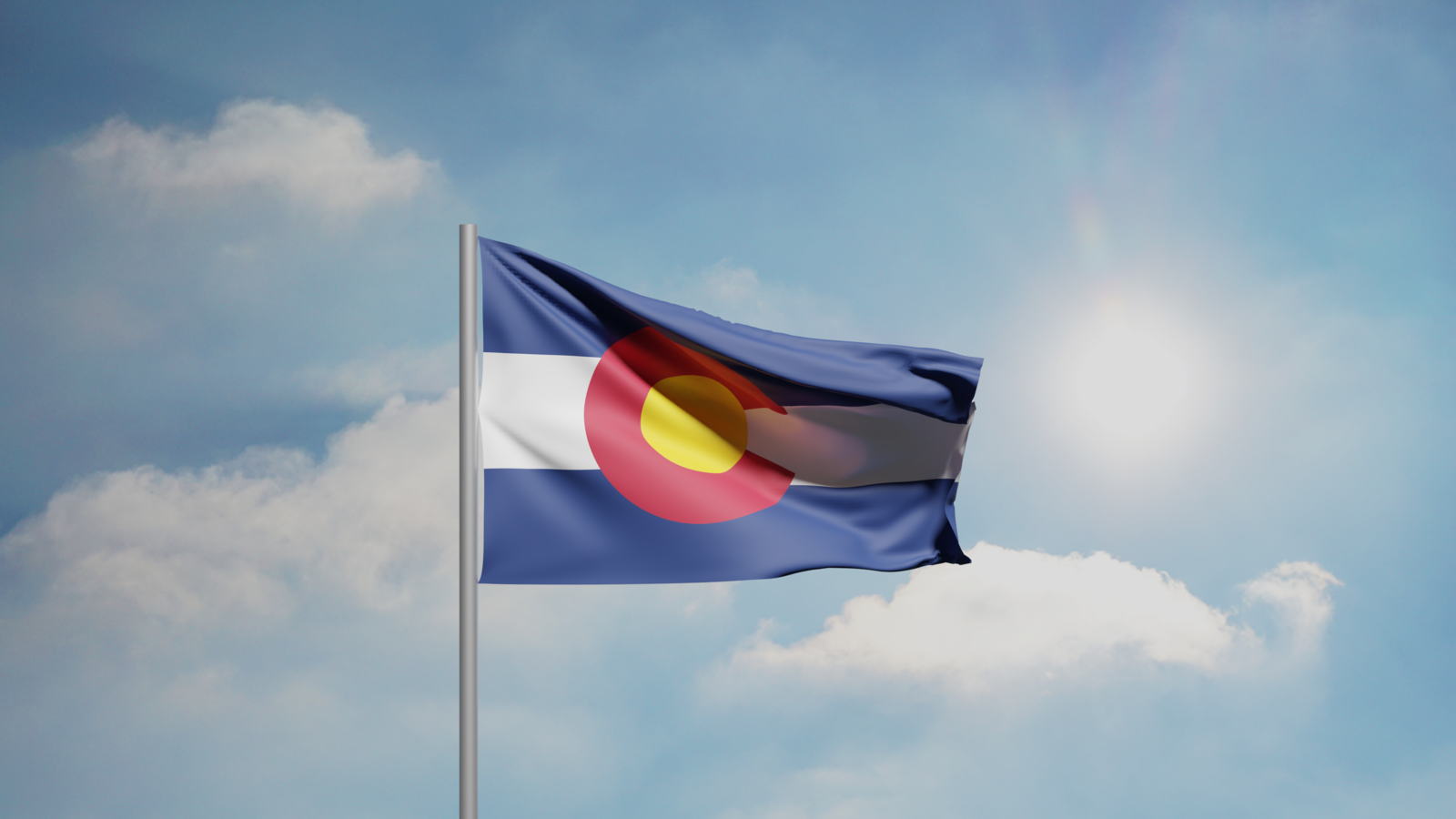
9. Colorado
Banned items: Soft drinks.Effective: March 1, 2026. Aerra Carnicom, CC BY-SA 4.0 https://creativecommons.org/licenses/by-sa/4.0, via Wikimedia Commons
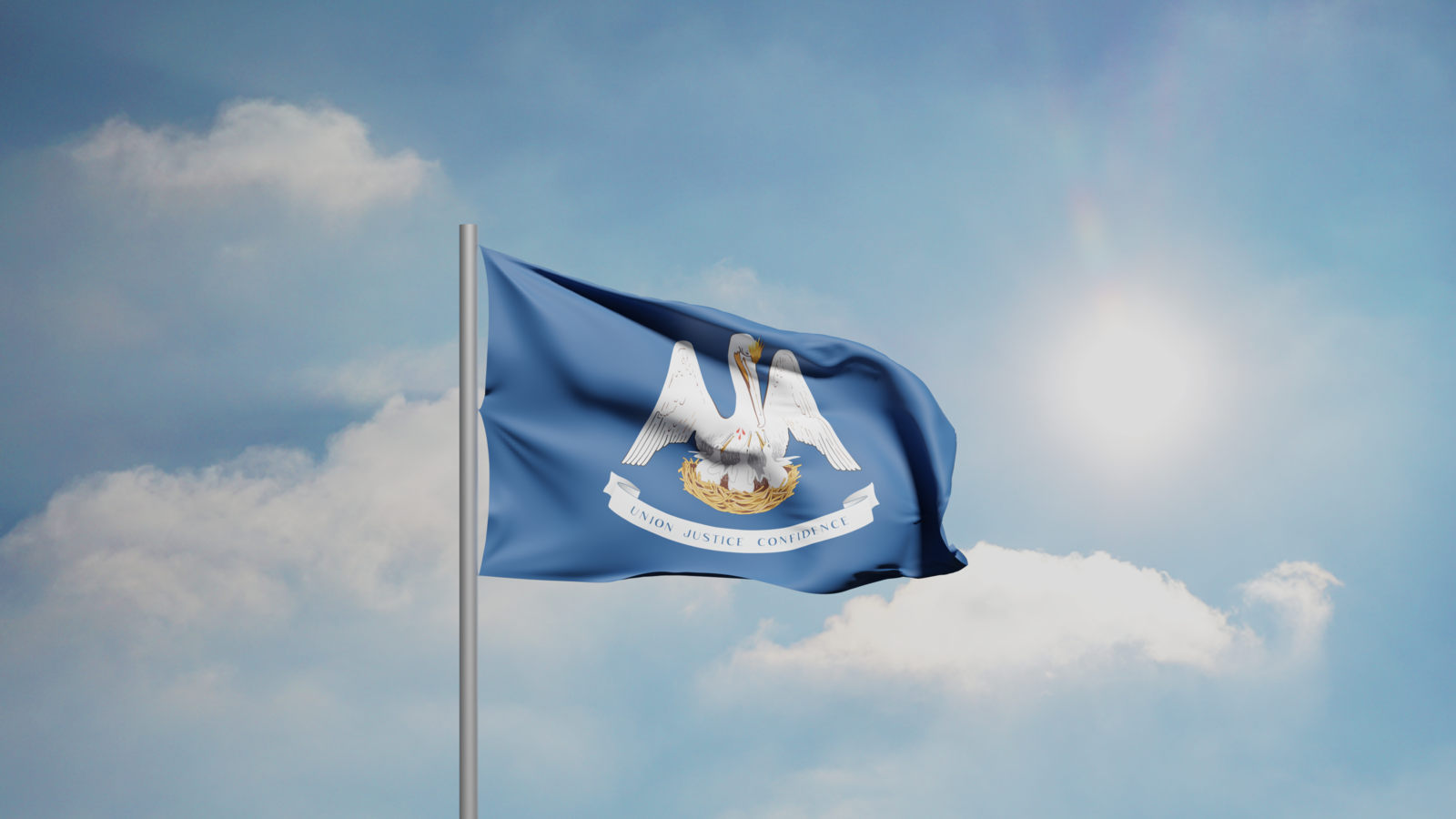
10. Louisiana
Banned items: Soft drinks, energy drinks, and candy.Effective: January 15, 2026. Aerra Carnicom, CC BY-SA 4.0 https://creativecommons.org/licenses/by-sa/4.0, via Wikimedia Commons
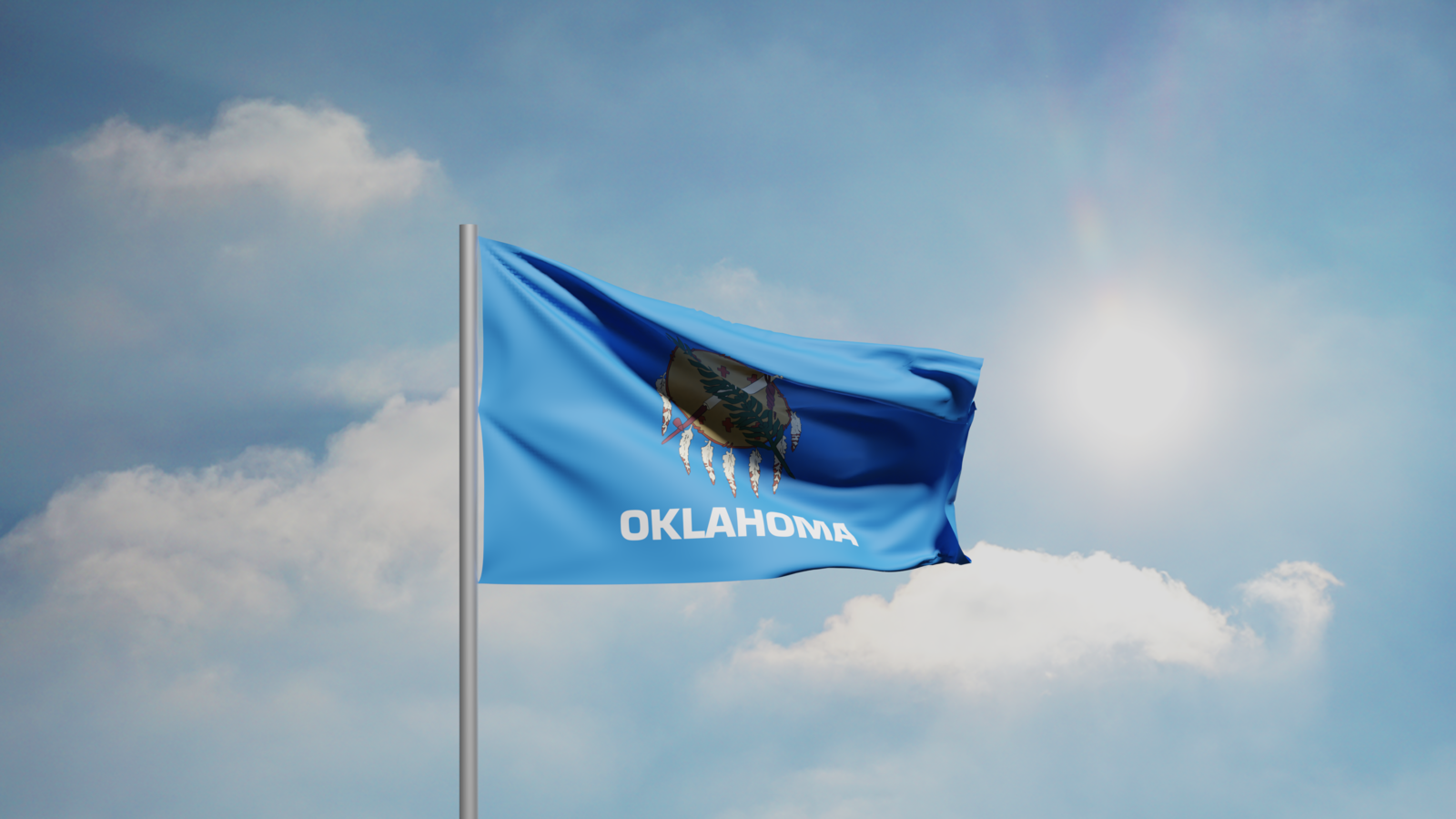
11. Oklahoma
Banned items: Soft drinks and candy.Effective: January 1, 2026. Aerra Carnicom, CC BY-SA 4.0 https://creativecommons.org/licenses/by-sa/4.0, via Wikimedia Commons
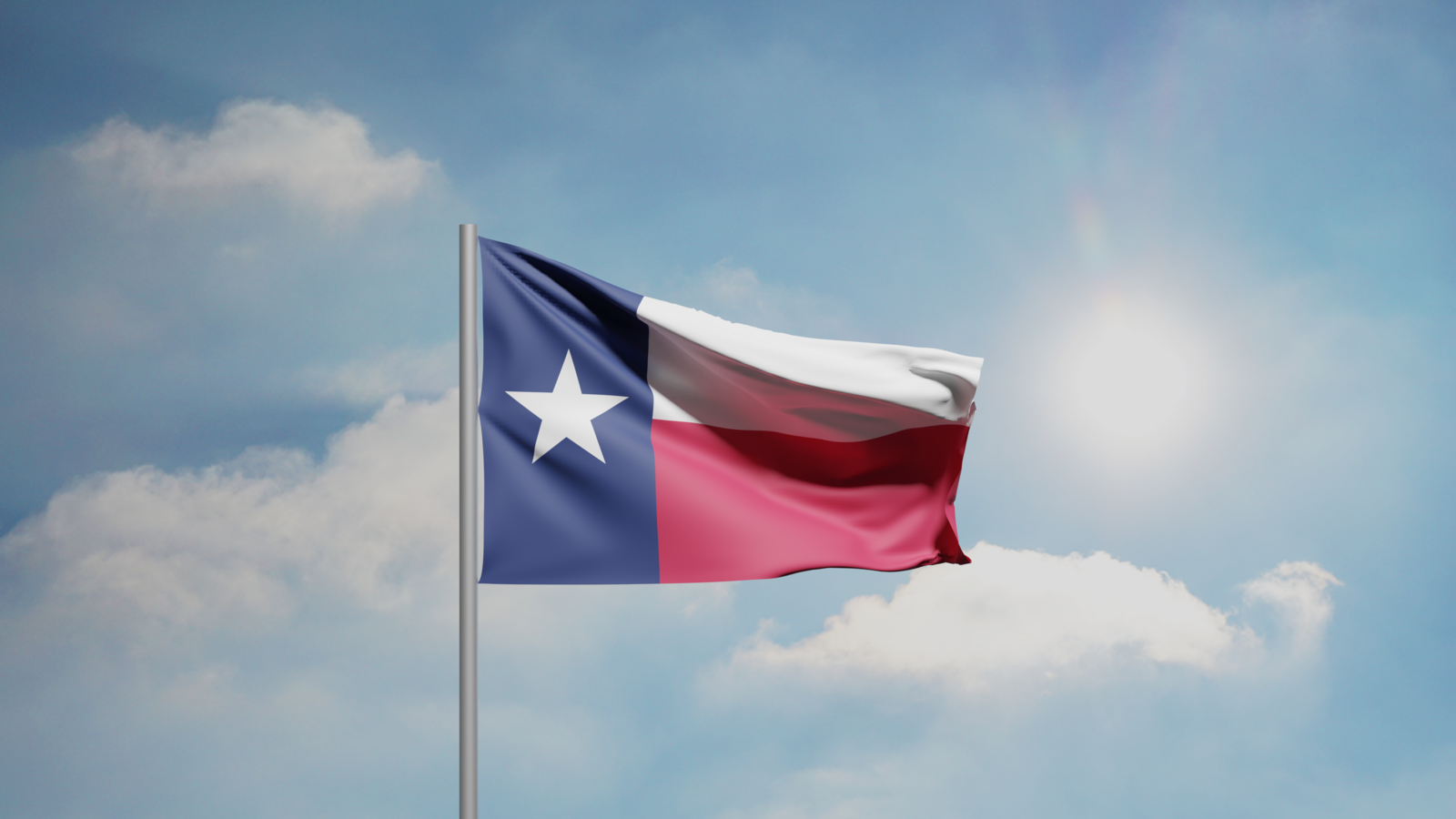
12. Texas
Banned items: Sweetened drinks (with added sugar or artificial sweeteners) and candy.Effective: April 1, 2026. Aerra Carnicom, CC BY-SA 4.0 https://creativecommons.org/licenses/by-sa/4.0, via Wikimedia Commons
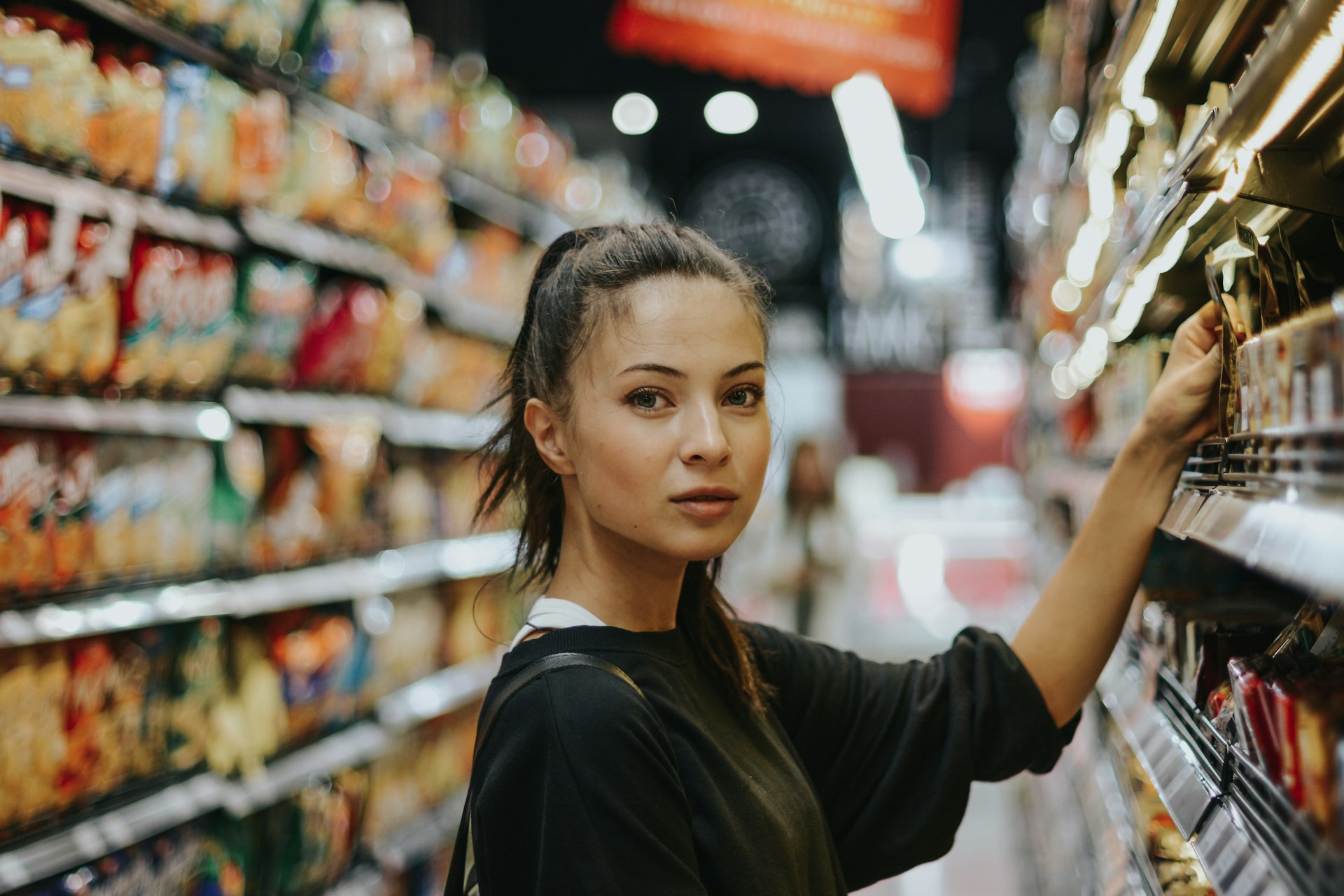
A National Debate Over Health, Choice, and SNAP’s Future
As these policies begin to roll out in 2026, SNAP recipients in twelve states will encounter new limits at the checkout line. For some, the changes are seen as a necessary step toward aligning public assistance with healthier outcomes and reducing the burden of diet-related disease. For others, the restrictions highlight the complexity of food insecurity and raise questions about fairness, choice, and access.What is clear is that these twelve states are setting the stage for a larger national conversation: how far should government go in guiding nutrition through programs like SNAP, and what balance should be struck between public health goals and individual autonomy? Joshua Rawson-Harris / Unsplash